
Are you looking to understand the nuts and bolts of backlinks and how they impact your website’s SEO? Well, you’ve landed in the right place. In this comprehensive guide, we’ll dive into the world of backlinks – what they are, why they matter, and most importantly, how to find and check the backlinks of your website. Whether you’re a seasoned SEO pro or just starting out, mastering the art of backlink analysis is crucial for your website’s success. So, let’s get started and unravel the mystery of backlinks together!
Alright, let’s break it down. Backlinks are detrimental to your SEO success. Simply put, a backlink is a link from one website to another. Think of them as digital shoutouts or referrals. But why do they matter? Search engines, like Google, view these links as a vote of confidence. The more quality backlinks your site has, the more credible it appears, and this can significantly boost your site’s ranking. However, it’s not just about quantity; the quality of backlinks is equally vital. A link from a well-respected site can be worth much more than several links from lesser-known sources.

Backlinks serve as pathways that lead traffic and credibility to your site. The more pathways you have, especially from reputable sources, the more visitors and recognition you gain.
Search engines like Google use backlinks as key indicators of a website’s quality and relevance. It’s like a vote of confidence; when a reputable site links to yours, it’s signaling to search engines that your content is valuable and worth ranking higher. In fact, websites that rank first on Google have 3.8 times more backlinks than the rest of the top 10 sites, highlighting the importance of building a strong backlink profile. This can significantly improve your site’s visibility in search results, leading to more organic traffic. Therefore, focusing on acquiring quality backlinks should be a key part of any SEO strategy.
Moreover, backlinks are not just about improving rankings; they can also bring in direct traffic. When someone clicks on a link from another website and lands on yours, that’s potential new readers or customers right there. It’s like getting a referral from a friend; the trust is already partially established.
In addition, a diverse backlink profile can also enhance your website’s resilience against algorithm changes. With a robust link profile, your site stands a better chance of maintaining its rankings even when search engines update their algorithms.
In summary, backlinks are crucial for boosting your site’s search engine rankings, driving direct traffic, building trust and authority, and safeguarding against the whims of algorithm changes. They are a cornerstone of any solid SEO strategy, so understanding and leveraging them can make a world of difference for your online presence.

Starting a backlink analysis is an essential step for enhancing your website’s SEO. The numerous benefits can make a real difference in your site’s online performance. First off, analysing your backlinks helps you gauge the health of your website’s link profile. You can identify which high-quality sites link to you, giving you an insight into your website’s reputation in the digital world.
Furthermore, this analysis can reveal any potentially harmful links, like those from spammy or irrelevant sites, which could negatively impact your search engine rankings. But the benefits don’t stop there; understanding your backlink profile enables you to strategize better. You can see what’s working, replicate successful patterns, and ditch strategies that aren’t paying off.
Lastly, it’s not just about your own backlinks. By examining the backlinks of your competitors, you can uncover new link-building opportunities and gaps in your strategy, giving you the chance to stay one step ahead. So, roll up your sleeves and get ready to delve into how to find the backlinks of any website.
Finding the backlinks of your website used to be a really time consuming process, but thankfully, there are several tools and techniques to help you in this quest. Here’s a step-by-step guide to finding those precious backlinks:
Remember, it’s not just about quantity. The quality of backlinks matters immensely. Links from high-authority, relevant sites have a much more significant impact on your SEO than links from low-quality, irrelevant sites. Happy backlink hunting!
Understanding who is linking to your website is crucial for SEO success, and Google Search Console offers a powerful, free tool to uncover this information.
Here’s a quick guide on how to do it:
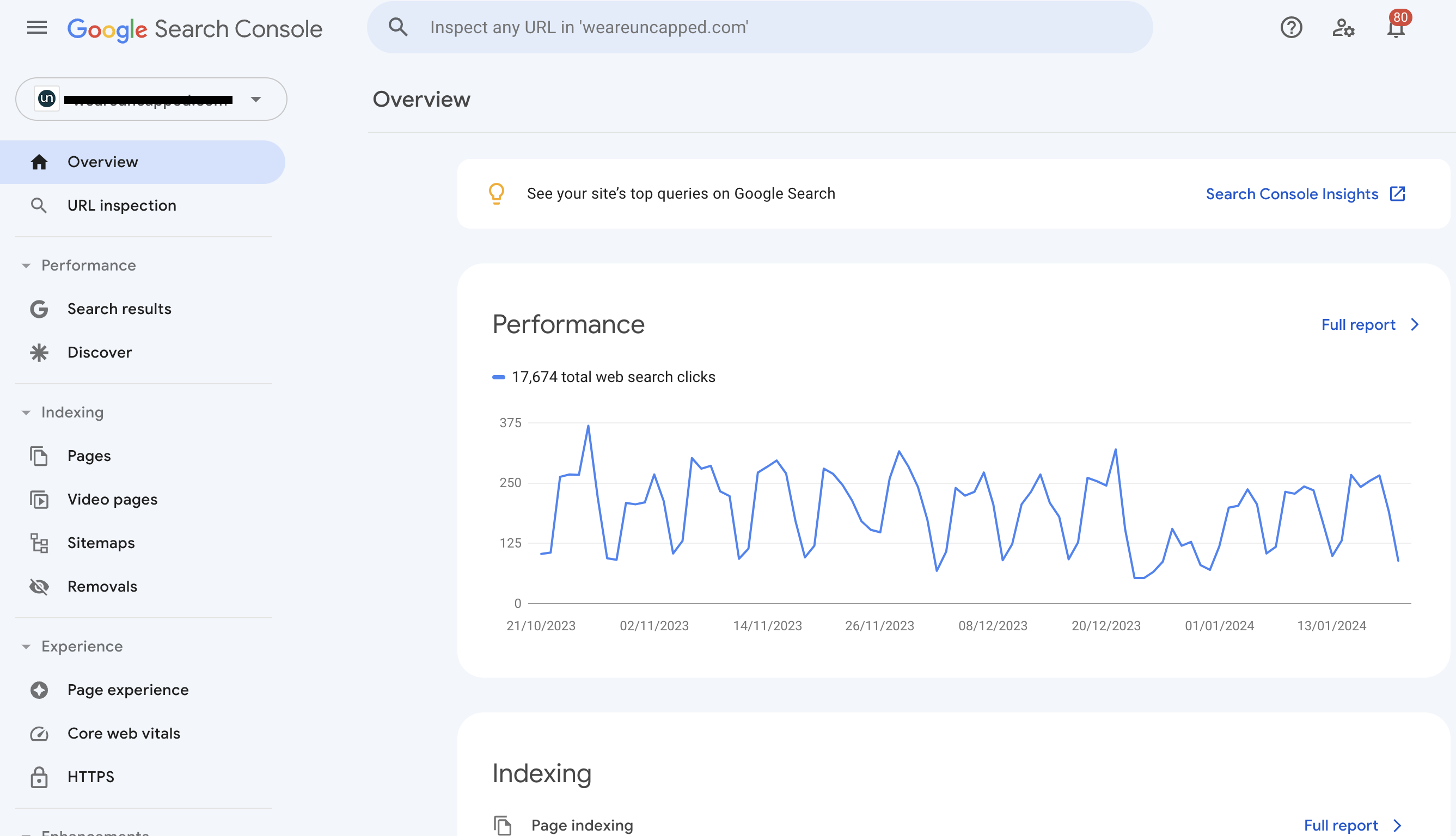
First, make sure you have your website verified with Google Search Console. This free tool from Google provides a wealth of information about your website's performance in search results.

Once logged in, find the 'Links' section. This area gives you an overview of where your backlinks are coming from and which pages they are linking to.

The console lists the websites that link to yours the most. This information is crucial for understanding which external pages are most influential to your site's SEO.
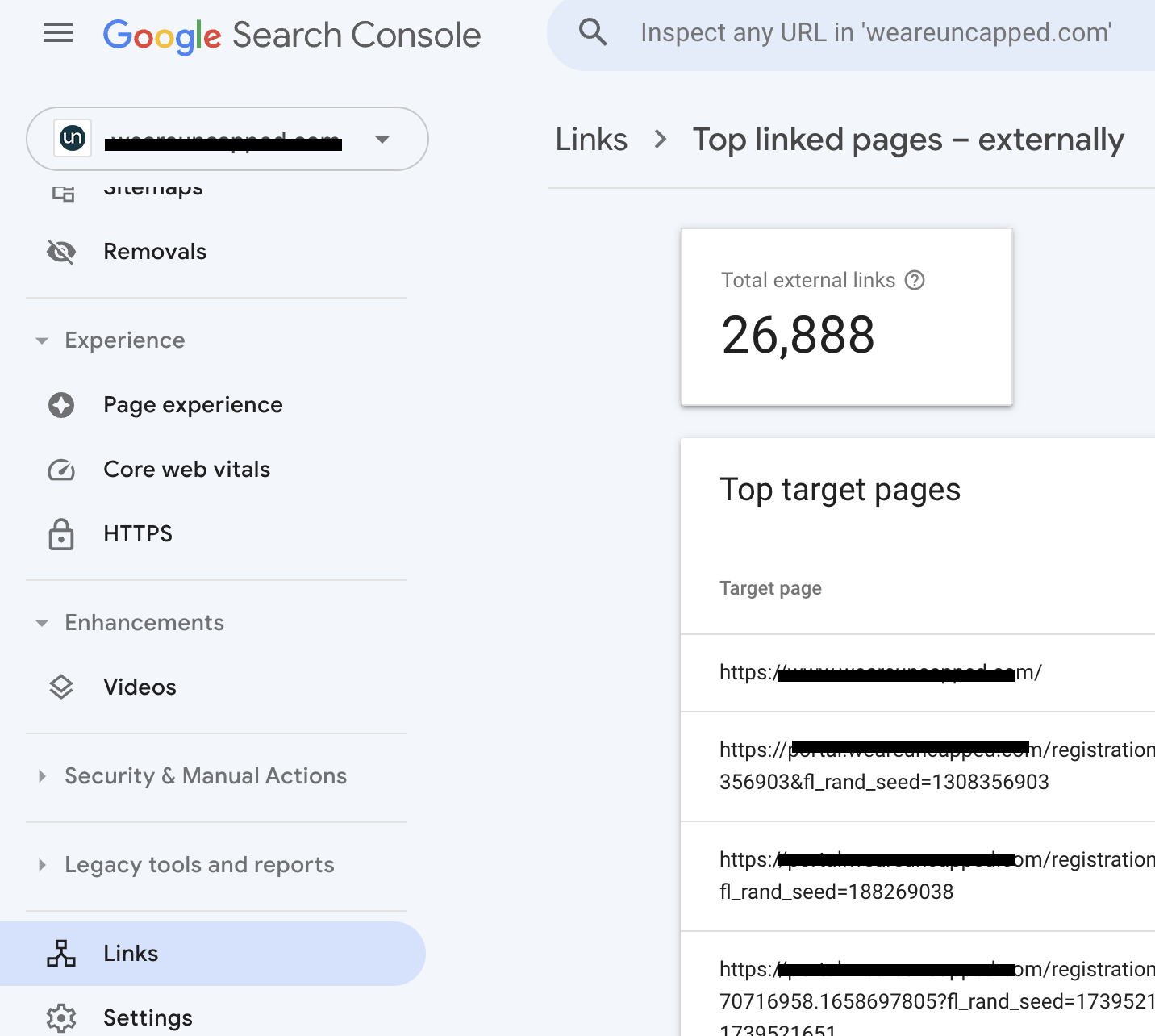
You can also see which of your pages receive the most backlinks, helping you understand what content is most valued by other sites.
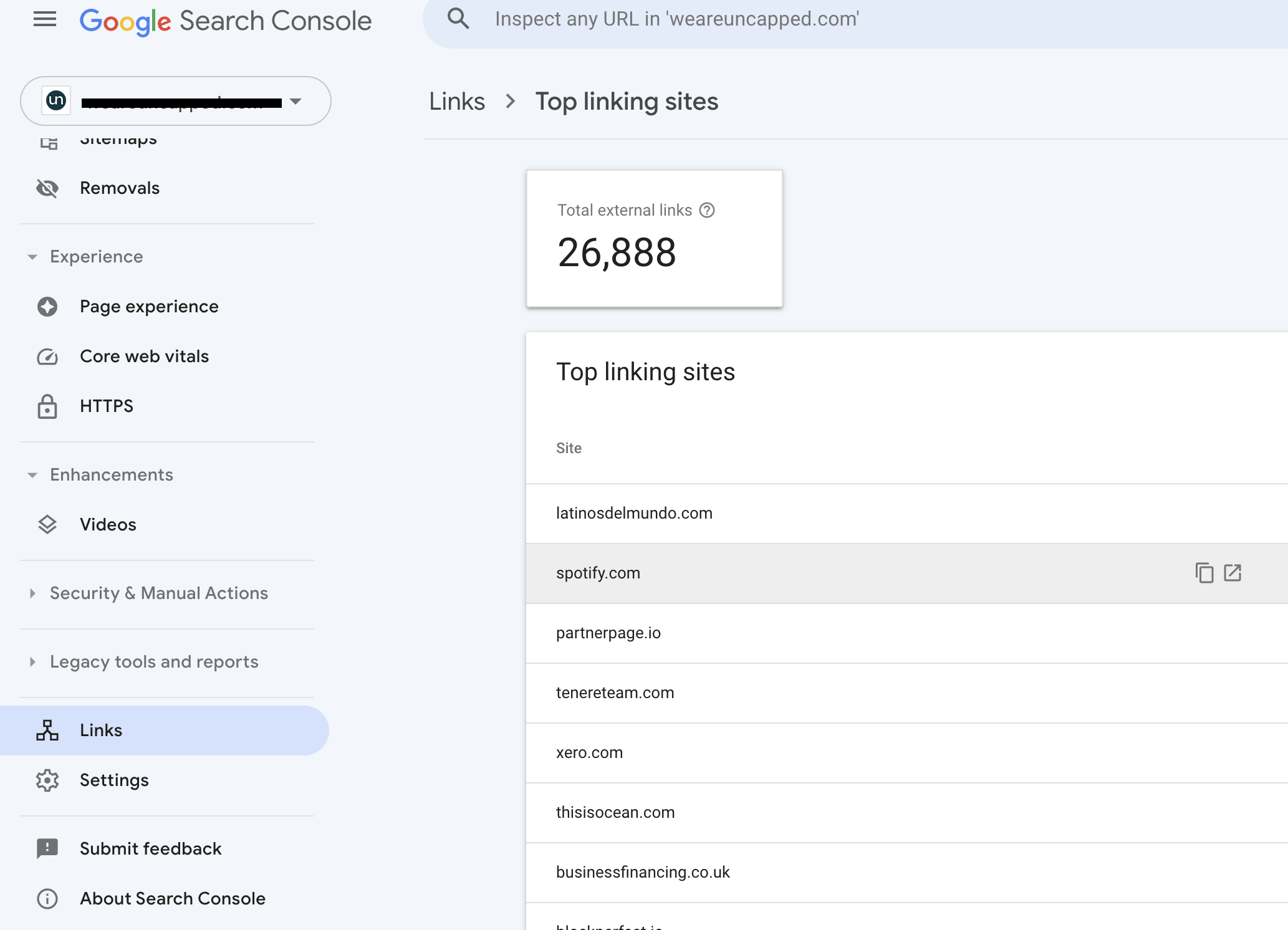
Regularly review the latest links to keep track of new backlinks and spot any potentially harmful ones. This proactive approach helps in maintaining a healthy backlink profile for your website.
Using Google Search Console is an efficient, cost-effective way to monitor and analyze your website’s backlinks, offering insights that can guide your SEO strategy.
Specifically focusing on individual pages, GSC allows you to dive deep into your backlink profile, providing insights into which external sites are referencing your content. Whether you’re a seasoned SEO professional or just starting out, following these simple steps will help you effectively utilize Google Search Console to track and analyze backlinks to any specific page on your site.
Remember, while GSC provides valuable insights, it may not show every backlink. The tool tends to display a representative sample of your backlinks. For a more comprehensive analysis, you might need to use additional SEO tools alongside GSC.
While Google Search Console is a valuable tool for analyzing your website’s backlinks, it does have some limitations:
In summary, while Google Search Console offers a good starting point for backlink analysis, for more in-depth, real-time, or competitive insights, you may need to complement it with other SEO tools and strategies.
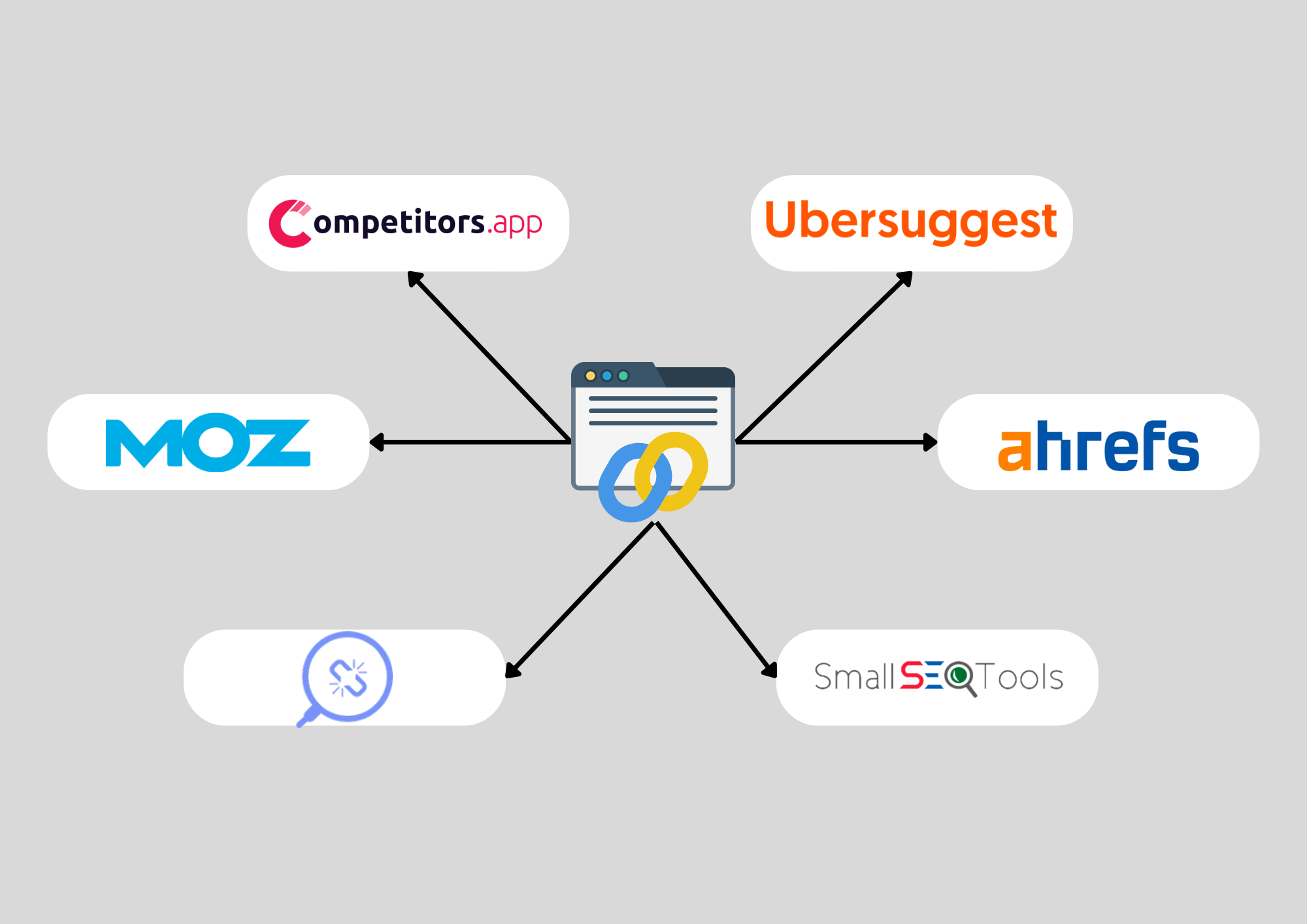
Navigating the world of backlinks doesn’t always mean reaching for your wallet. There are several free tools out there that can offer valuable insights into your website’s backlink profile. Here’s how to harness these tools effectively:

As we dive into 2024, the landscape of SEO tools is more advanced and diverse than ever. When it comes to checking backlinks, investing in a reliable paid tool can be a game-changer for your SEO strategy. These tools offer detailed insights, extensive databases, and advanced analytics that free tools just can’t match. Here’s a roundup of the best paid tools to check backlinks in 2024:
Tool name: | Key features: | Pricing: |
| business–$19.99/Month/competitor Business Plus–$29.99/ Month/competitor Custom plan–speak with the team | |
2. SEMrush |
| Pro Plan – $119.95/month Guru Plan – $229.95/month Business – $449.95/month |
3. Ahrefs |
| Lite – $99/month Standard – $199/month Advanced – $399/month |
| Standard – $99/month Medium – $179/month Large – $299/month Premium – $599/month | |
5. Majestic SEO |
| Profesional –$49/month Business–$199/month |
6. BuzzSumo |
| Content Creation–$199/month PR & Comms–$299/month Suite–$499/month Enterprise–$999/month |
| Trial for Superhero Small–$ 17 for 7 days then 599 Superhero Small–$599/month Superhero Standard–$999/month Superhero Plus–$2.499/month Enterprise–speak with the team | |
8. SpyFu |
| Basic plan–$39/month Professional–$79/month |
Tracking your competitors’ backlinks is a valuable strategy in SEO as it can reveal link building opportunities and insights into their digital marketing strategies.
To effectively track and analyze your competitors’ backlinks, Competitors App offers a streamlined and insightful approach. Here’s how to use it:
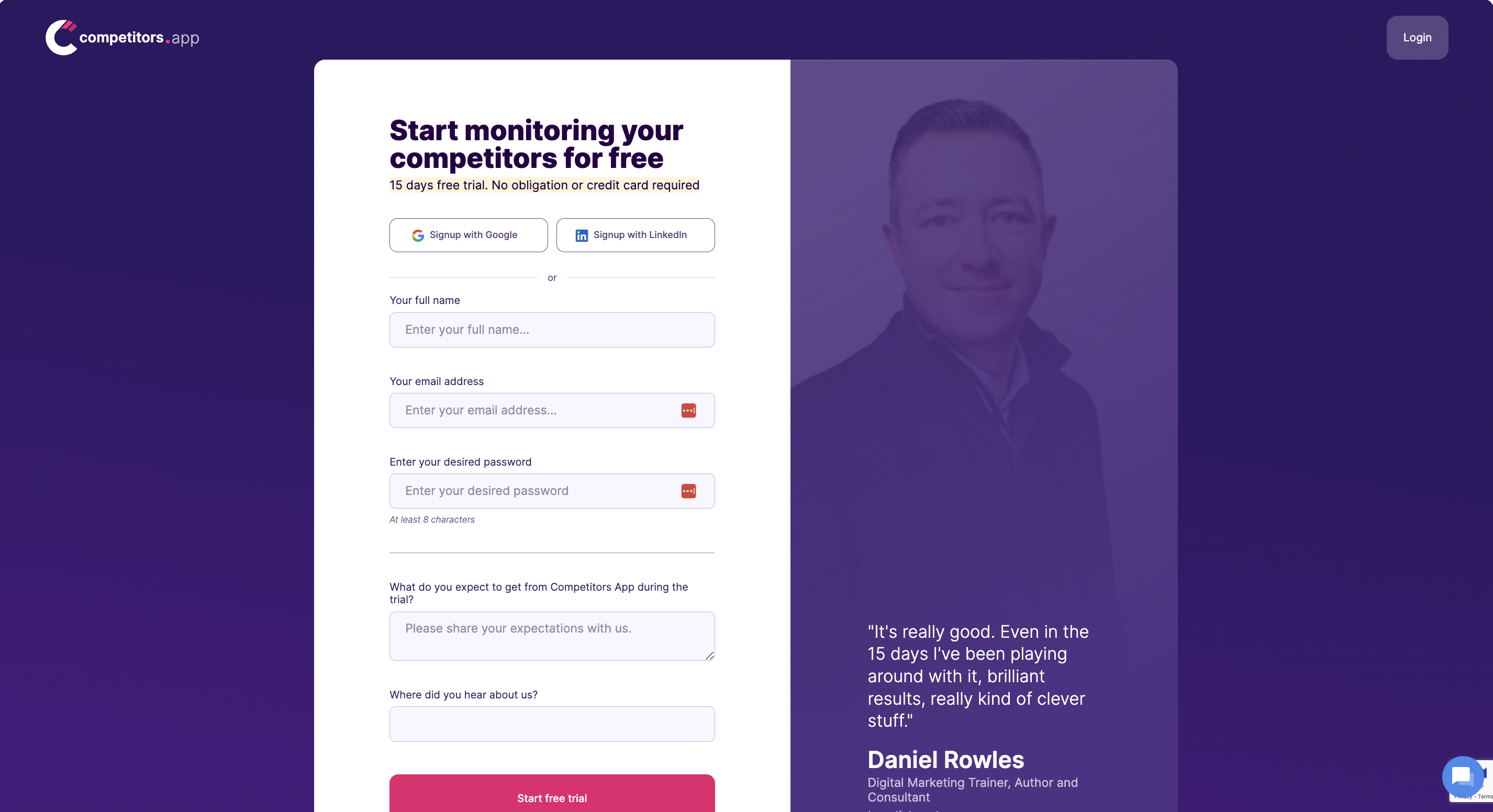
Start by signing up for Competitors App. This will be your gateway to accessing detailed competitive insights.

Once your account is set up, enter the names of your competitors in the app. The more competitors you add, the more comprehensive your analysis will be. This step is crucial as it sets the foundation for your competitive backlink analysis.

On the Competitors App, navigate to the backlinks section found on the left sidebar menu. This section is dedicated to understanding and analyzing your competitors' backlink strategies.
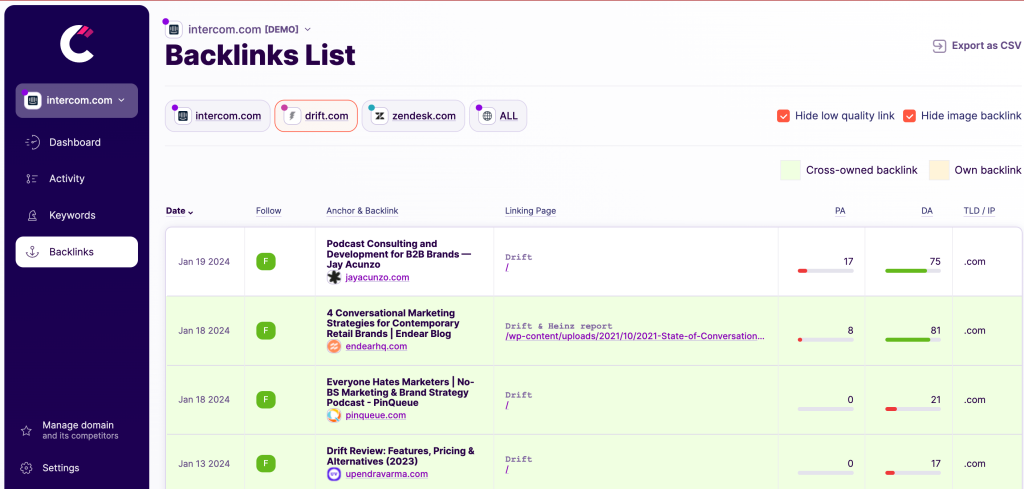
In the backlinks section, each competitor you've added has a unique view. Here, you can see all the backlinks pointing to their sites. This detailed view allows you to gauge their backlink profile comprehensively.
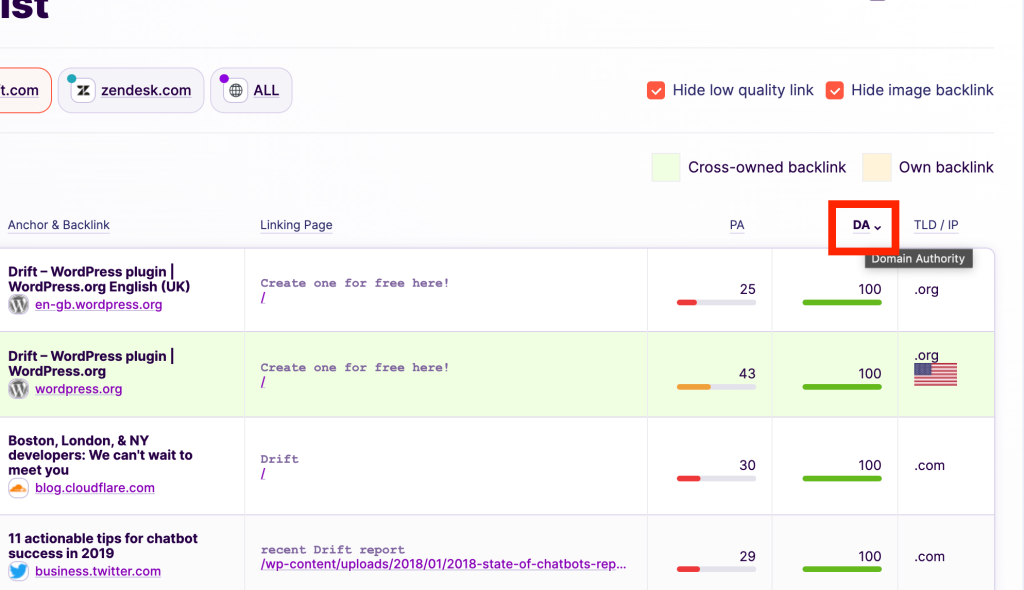
You can filter the backlinks by domain authority or page authority. This helps in prioritizing the backlinks that have the most significant impact and understanding how your competitors might be boosting their SEO.
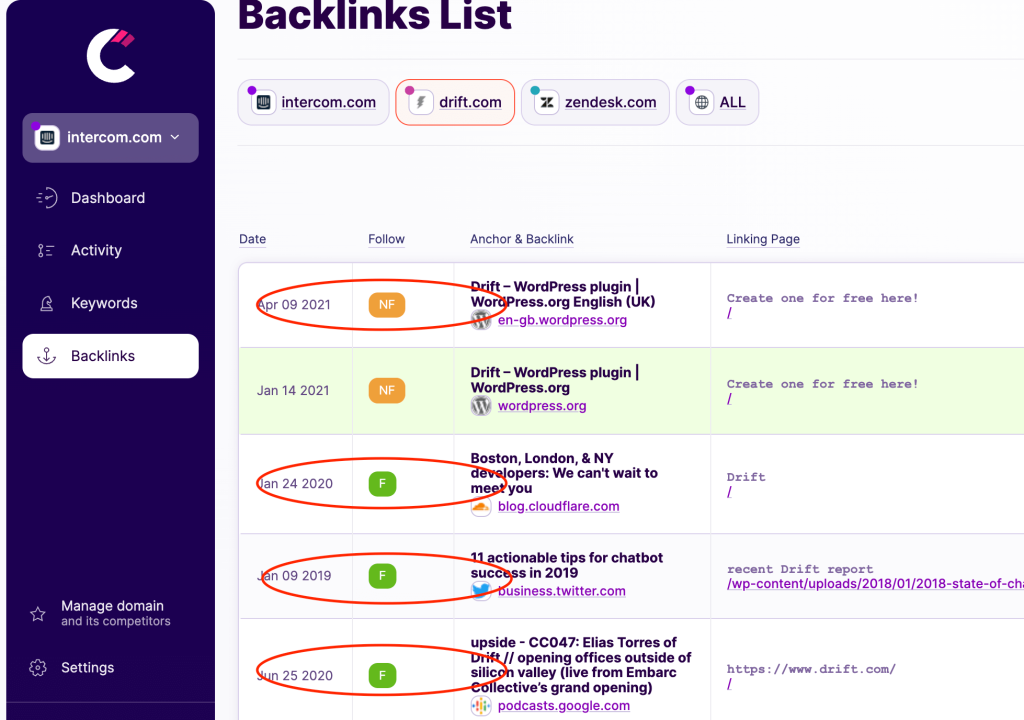
The app marks the backlinks you already share with your competitors in green, and the ones you don’t have yet are highlighted in yellow or white. Focusing on these unacquired backlinks is a strategic move, as acquiring them can substantially boost your website's authority.

Analyzing backlinks is a critical aspect of SEO management. It involves looking beyond the number of backlinks and delving into their quality, source, and impact on your SEO. Here’s a step-by-step approach to effectively analyze your backlinks:
Remember, the goal of backlink analysis is not just to gather data, but to gain actionable insights that can inform your SEO and content strategy, helping you to optimize your site for better search engine performance and user engagement.
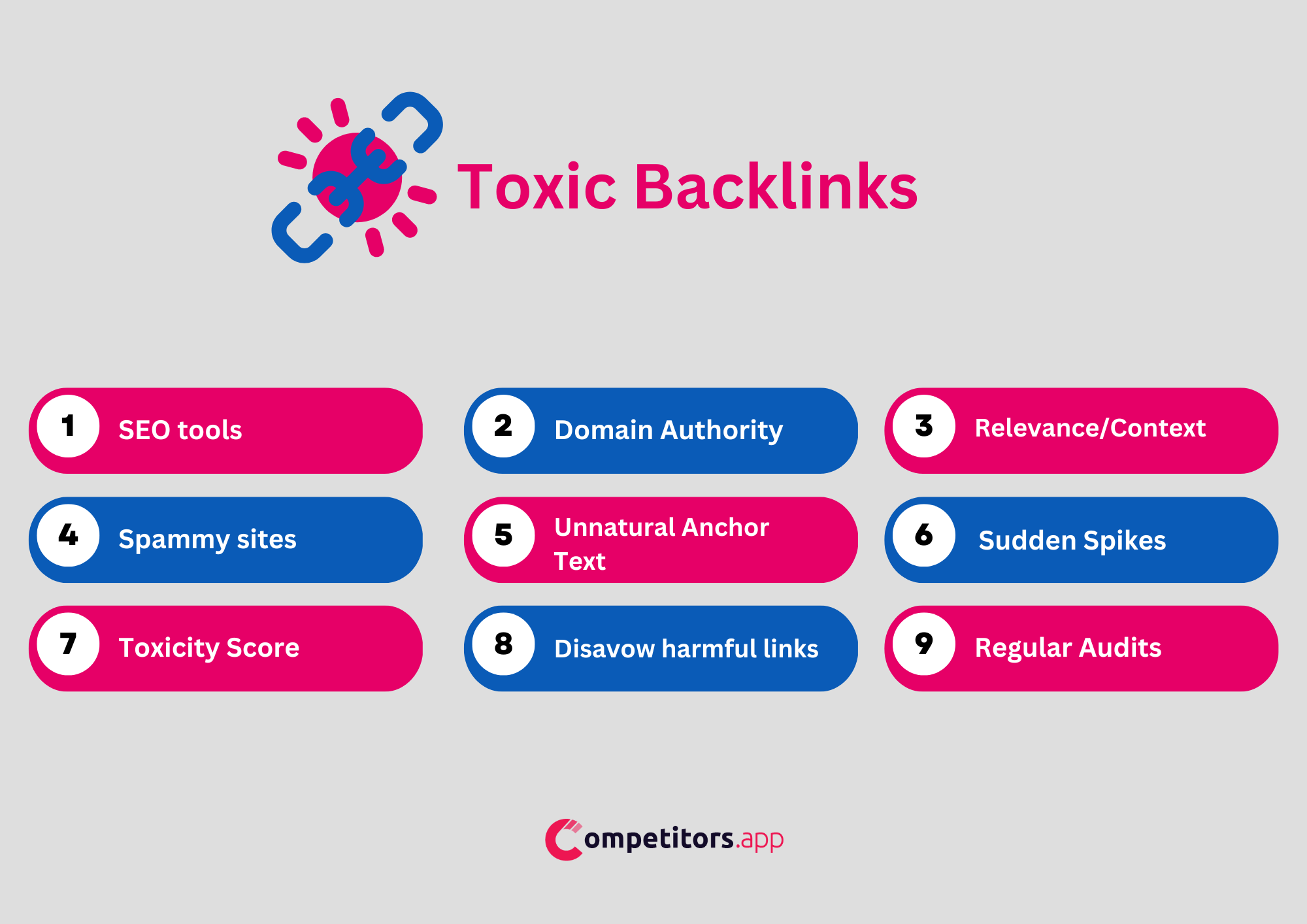
Detecting toxic backlinks is essential for maintaining the health and growth of your website. Toxic backlinks can harm your site’s search engine rankings and reputation. Here’s how to spot and deal with them:
Remember, not every low-quality link is necessarily toxic, and sometimes, a seemingly suspicious link can be harmless. The key is to look at the overall pattern and context of your backlinks. By keeping your backlink profile clean, you’re ensuring the long-term health and success of your website in the search rankings.
Backlink analysis, while essential for SEO success, can be fraught with challenges and missteps. Navigating these waters carefully is key to ensuring you get the most out of your backlink strategy without falling into common traps. Here are some pitfalls to watch out for:
Avoiding these pitfalls requires a balanced approach that values quality over quantity, embraces diversity and relevance, and combines the strengths of automated tools with the nuance of human analysis. With careful and regular monitoring, your backlink analysis will not only avoid common errors but also drive substantial SEO success.
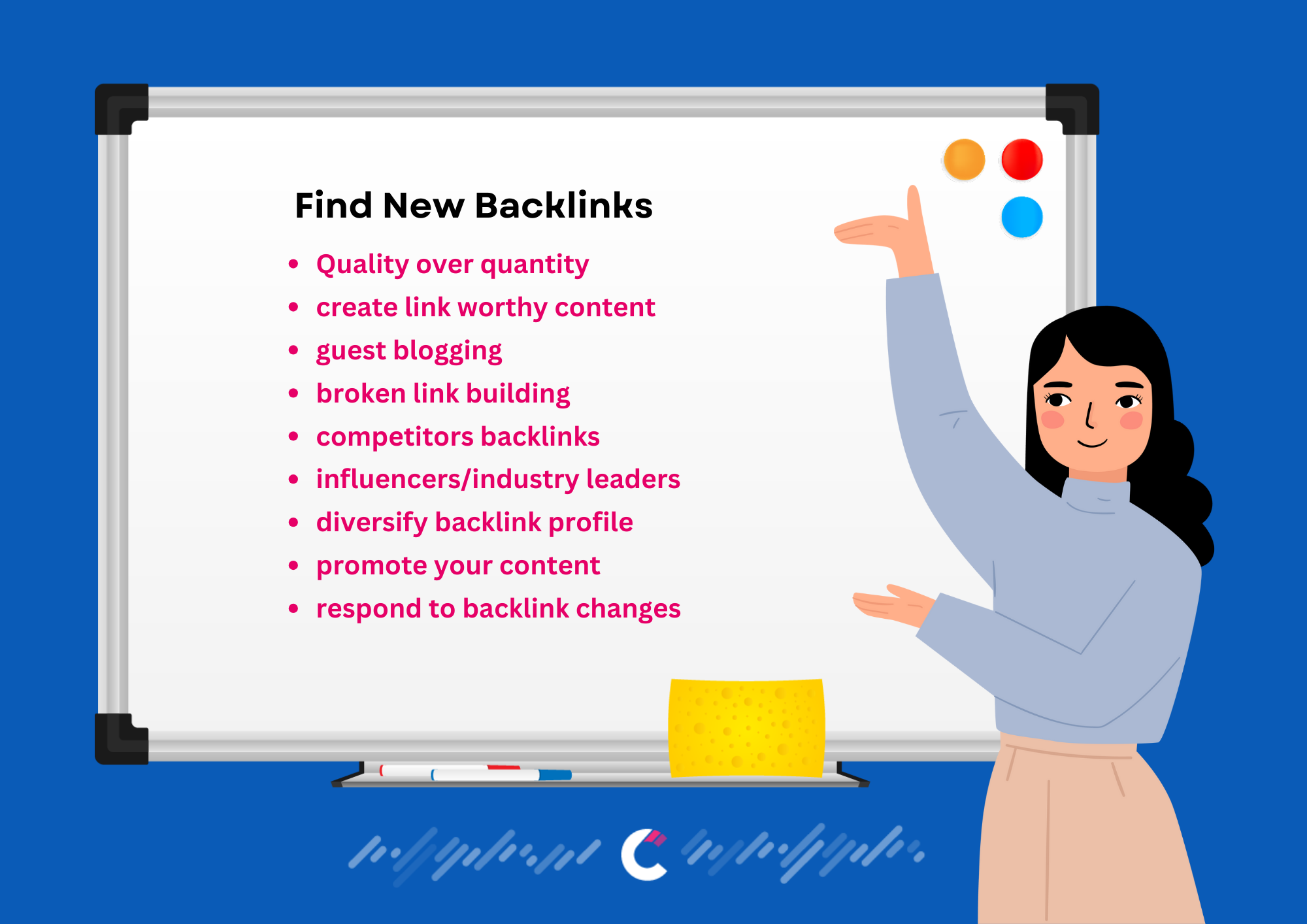
Finding backlinks effectively is about making the right moves to boost your website’s ranking and visibility. Here’s how you can master this game:
By leveraging backlinks strategically, you’re not just aiming for higher rankings. You’re building a web of connections that enhances your site’s authority, drives traffic, and solidifies your presence in the digital landscape.
Frequency of Checking: It's a good practice to check your backlinks at least once a month. This regular monitoring helps in keeping track of new and lost backlinks and understanding the overall health of your backlink profile.
Recommended Tools: Ahrefs and SEMrush are widely regarded as the most popular tools for backlink analysis, offering comprehensive features and detailed insights. However, the choice may depend on your specific needs and budget. For example Competitors App is extremely good in competitive backlink analysis.
Dofollow vs. Nofollow: Dofollow links pass on link equity and can influence search rankings, while nofollow links do not. However, nofollow links are still valuable for driving traffic and diversifying your link profile.
Referring Domains vs. Backlinks: Referring domains are the unique websites that link to your site, while backlinks are the total number of links you receive from all sources. Multiple backlinks from the same domain count as one referring domain.
Inbound Links: These are links from other websites that direct users to your site. They are essential for SEO as they help in building credibility and improving your site’s visibility.
No, the value of backlinks varies. Links from high-authority, relevant sites are more valuable than those from low-quality or irrelevant sites. The context and placement of the link also play a role in its value.
Yes, you can use Google’s Disavow Tool to disavow backlinks that are harmful to your site’s SEO. However, this should be done cautiously and usually as a last resort and it's not certain that it will improve your SEO
Domain Rating (DR): DR, used by Ahrefs, is a metric that shows the strength of a website’s backlink profile on a scale from 0 to 100. A higher DR indicates a stronger backlink profile.
The best anchor text is natural, contextually relevant, and not over-optimized with exact-match keywords. A variety of anchor texts is preferred.
Buying backlinks is against Google’s guidelines and can result in penalties. It's better to focus on earning backlinks through high-quality content and legitimate SEO strategies.